Why Hackers Target Solo Entrepreneurs (And What You Can Do About It)
“I always thought hackers went after big companies. Why would they waste time on a one-person business like mine?”
That’s what Melissa, a virtual assistant and solo entrepreneur, asked after she discovered someone had tried to log in to her business email from six different countries in one week.
Here’s the truth: Hackers love solo entrepreneurs.
Not because you’re high-value—but because you’re low-hanging fruit.
In this post, we’ll explain why small and solo businesses are such common targets, how attackers operate, and how to protect yourself with just a few smart steps.
🎯 Why You’re a Target
Contrary to popular belief, most cybercriminals don’t “choose” individual victims—they automate attacks and look for easy wins. Solo businesses are often:
✅ Running on personal devices
✅ Using free or low-cost tools
✅ Operating without IT support or cybersecurity tools
✅ Moving fast and multitasking constantly
That makes you the perfect target for:
Phishing emails
Password reuse attacks
Invoice fraud
Malware delivered through browser plugins or free tools
Even worse? One breach can lead to accessing your clients’ data, which brings potential legal and financial headaches.
🧠 Real-World Examples
1. A solo bookkeeper reused her email password across five sites. When one site was breached, attackers logged into her email and sent fake invoices to two of her clients.
2. A business coach clicked a link in a “Dropbox” email while traveling. It installed spyware that gave hackers access to her saved passwords in Chrome.
3. A Shopify store owner didn’t set up 2FA on her payment platform. A hacker drained $6,200 in payouts before she noticed.
These aren’t edge cases. They’re common.
🚩 What Makes You Vulnerable
Here are some patterns that make solo entrepreneurs easy targets:
No 2FA (Two-Factor Authentication)
Passwords alone are not enough anymore.Using Personal Email for Business
It’s easier to spoof, easier to guess, and less secure.Insecure Wi-Fi (Especially When Traveling)
Free café Wi-Fi can allow attackers to intercept your activity.Outdated Software & Tools
That old plugin or theme you forgot about might be riddled with vulnerabilities.Lack of Backups
If ransomware hits, you’re stuck unless you’ve backed up files offsite.
🛡️ What You Can Do (Without a Tech Team)
You don’t need an IT department to stay safe. Just do these:
1. Enable 2FA on Everything
Start with your email, cloud storage, financial tools, and CRM.
2. Use a Password Manager
No more reusing the same password across your calendar, invoicing, and email.
3. Separate Work & Personal Accounts
Use a dedicated business email and avoid mixing tools.
4. Avoid Public Wi-Fi (or Use a VPN)
When you’re working remotely, a VPN can prevent someone from snooping on your data.
5. Backup Important Data Weekly
Cloud sync isn’t always backup. Use a tool or external drive to copy your most important files.
💡 Bonus Tip: Treat Yourself Like a Tiny Tech Company
Even if it’s just you, start thinking like a business—not a hobby.
That means:
Setting security standards
Reviewing access monthly
Using the same tools your larger clients expect (like encrypted email and secure payments)
🔚 Small Target ≠ Safe
Cybercriminals don’t care how small your business is—they care how easy you are to compromise.
Fortunately, with a few smart habits and the right tools, you can be far too annoying for hackers to bother with.
👉 Not sure where you stand?
Our free Cyber Health Report will show you your biggest risks—based on your website, tools, and habits.
Get Your Report →

